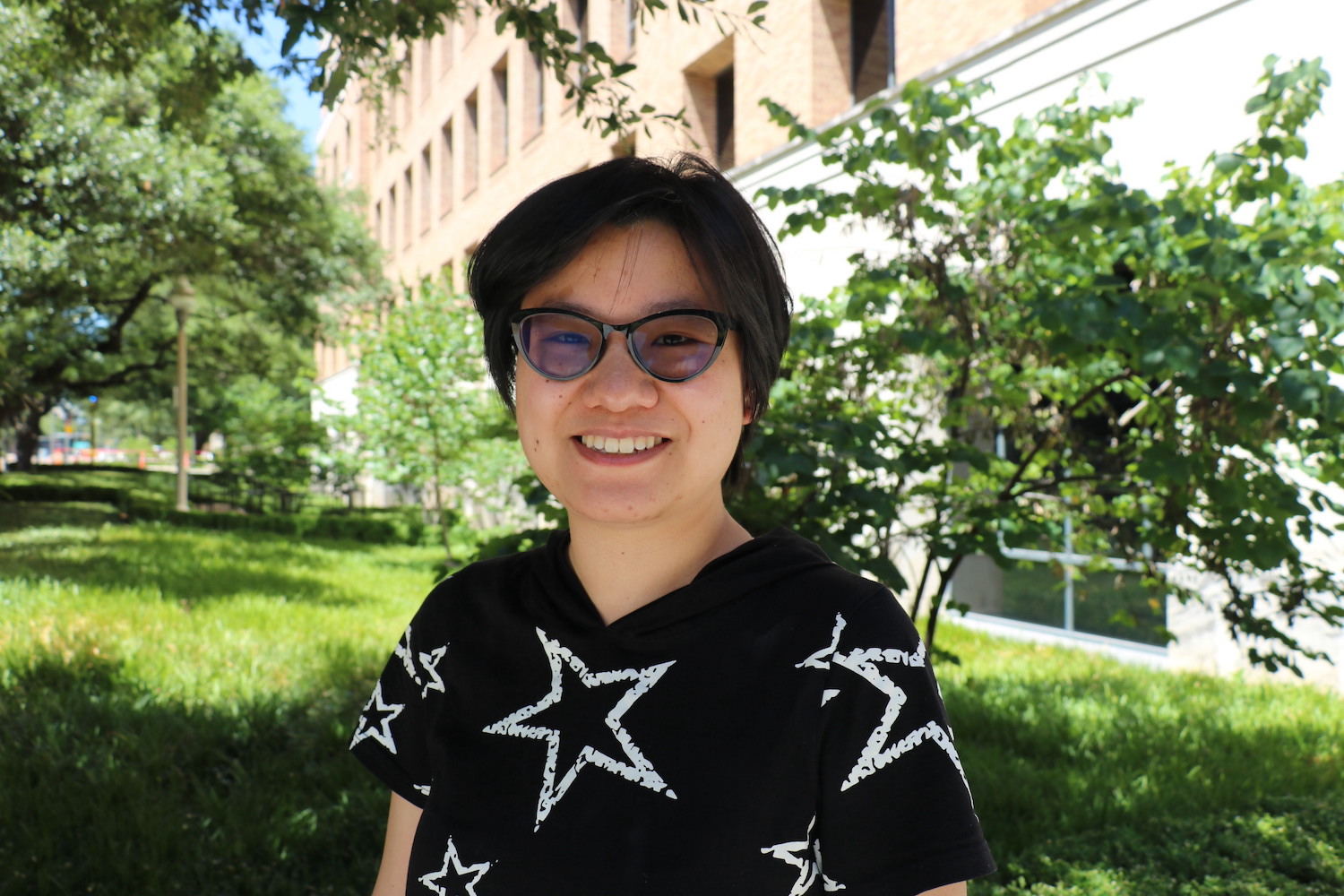“My advisor, Tom Yankeelov, and I were able to optimize drug delivery for each patient,” said Wu. “We found that after you optimize the schedule and dose for a specific patient, the expected efficacy of treatment can be highly improved. That was a very promising find for that project.”
After completing her PhD in Biomedical Engineering in the summer of 2020, Wu began to build on her work. Since then, she has been combining her drug delivery model with a new model of tumor growth in collaboration with MD Anderson and TACC.
With the images from a breast cancer patient’s pretreatment MRI scan and early-treatment MRI scan, Wu can calibrate her simulation to develop a personalized model of the patient’s tumor evolution. With this model, she can then accurately predict how a given patient might react to specific treatments. For example, her method aids in forecasting if a tumor could proliferate after a course of chemotherapy with cycles of treatments that last three weeks but shrink after cycles of treatments that last two weeks. Being able to make such early predictions enables a doctor to change or optimize their patient’s treatment, sparing them from painful and exhausting trial runs of varying treatments and doses.
This tool is especially valuable to - and was specifically designed for - patients suffering from triple negative breast cancer.
To understand why, imagine a door that stands between a patient and treatment. For all forms of breast cancer except triple negative breast cancer, the door has three locks known as receptors: the hormone estrogen, the hormone progesterone, and a protein called human epidermal growth factor. If a patient’s cancer has at least one of these three locks their oncologist can open the door with new keys like hormone therapy or certain targeted drugs. Triple negative breast cancer has none of them.
This means that the current treatment of triple negative breast cancer has been mostly reliant on chemotherapy. If a patient reacts badly to chemotherapy, as is frequently the case, there are few alternatives. Moreover, the importance of being able to remove patients from ineffective therapies as early as possible cannot be overstated given that their level of toxicity can result in hospitalization, cardiac damage, leukemia and death. It is imperative that the doses and schedules of treatments go as smoothly as possible.
With the files of one hundred former MD Anderson cancer patients newly assigned to her, Chengyue Wu is busy at work, testing her model to be sure that it will.
"The H. D. Landahl Mathematical Biophysics Award from the Society of Mathematical Biology is very prestigious,” said Tom Yankeelov, Director of the Center for Computational Oncology. "It's awarded to just one person every four years. Chengyue is a brilliant young scientist and we are so lucky to have her in our Center.”
